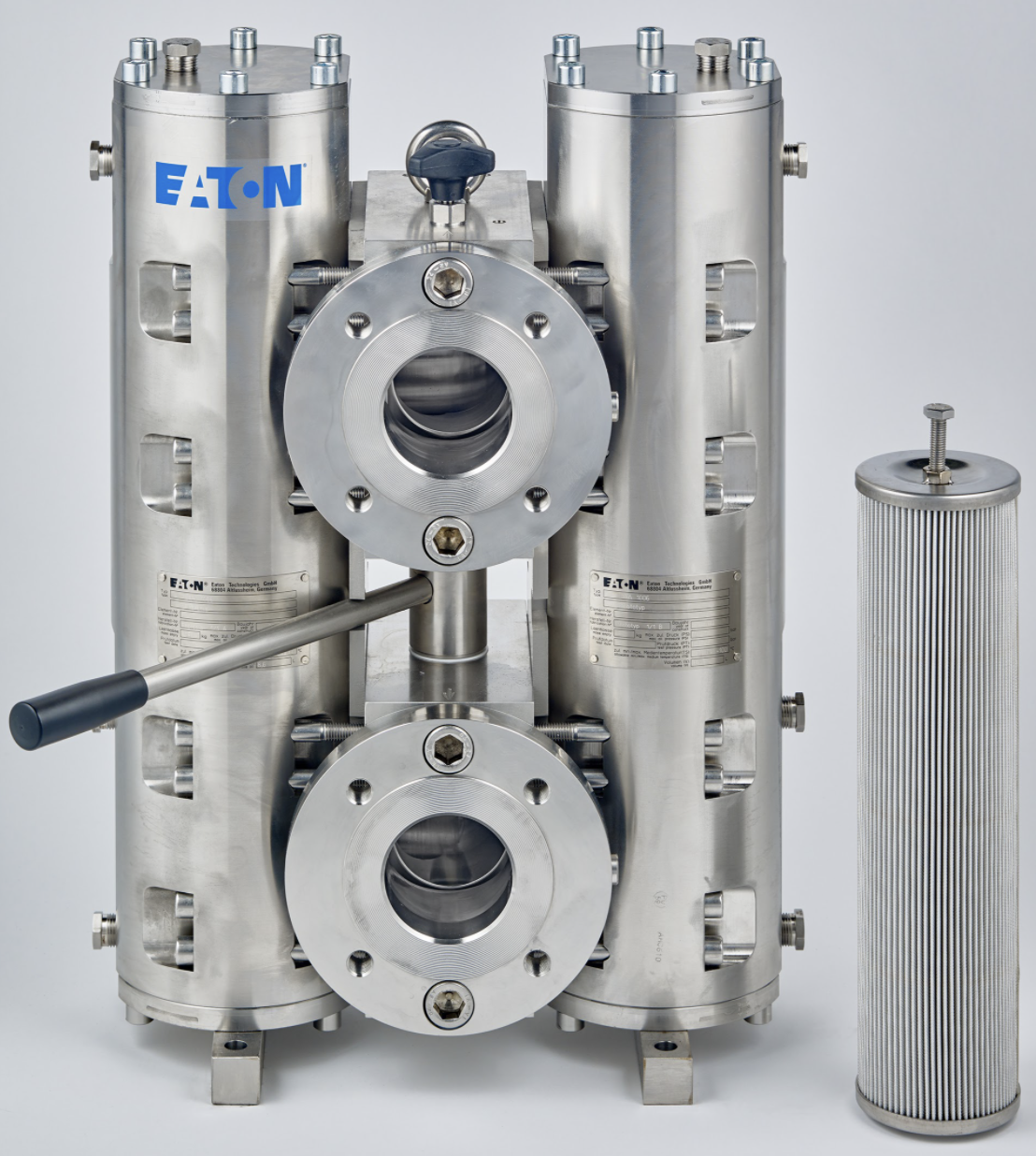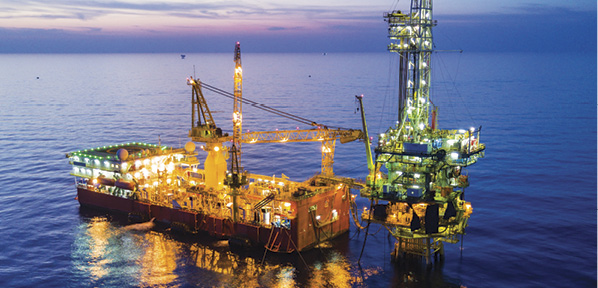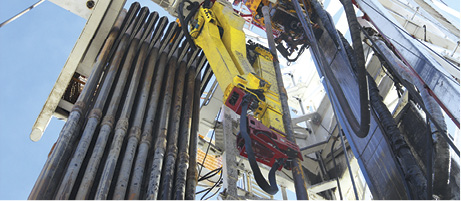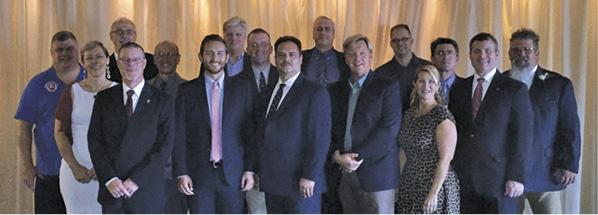Case Study: Filtering Lube Oil in Siberia – In Winter!
From Eaton
In the production of hydrogen, all system components have to perform at maximum capacity, especially under extreme weather conditions. The compressors in a new hydrogen plant in Siberia run at temperatures as low as -58°F (-50°C). This presents challenges for the filtration of the machinery’s lube oil, which is subject to a high degree of wear and tear. A team of Eaton’s filtration experts managed to help place the plant into initial service on time.
Hydrogen is an indispensable element. It is currently the key in a wide variety of aspects for a sustainable economy. It is environmentally friendly, a mobile energy source that can be stored, and carbon neutral when used in manufacturing. This is especially true when it is used as a fuel; its only combustion product is water. Many energy-intensive industries, such as the steel industry, can also benefit from a combustion process free of carbon-containing pollutants.
Hydrogen is also used in other areas as well. Traditionally, it plays an important role in fertilizer production for farming. In the Haber-Bosch process, hydrogen and nitrogen form ammonia, which in turn is the basis for a number of different fertilizers.
Challenge: Continuing production during the Siberian winter
Hydrogen is needed and produced worldwide – including in regions like Siberia, where exceptionally cold winters are especially challenging for the industry. Russian companies are among the largest fertilizer manufacturers in the world. Due to the increasing demand, one of them decided to build a new hydrogen production facility in western Siberia.
To make sure that hydrogen production would be safe and reliable at subzero temperatures, all components of the production plant must be designed for these conditions. The facility’s compressors have to meet a special challenge: they must manage the staged compression of hydrogen and other gases in production as high as 5,075 psi (350 bar). Uncompromising reliability is indispensable under these circumstances because production would quickly come to a halt if a compressor ever failed. When the facility was planned, a decision was soon made to use a renowned European manufacturer with years of experience in building large-scale piston compressors using engines delivering up to 1,000 kilowatts, as is required in hydrogen production.
However, these higher requirements not only affect the machine as a whole; they also affect individual components and all consumables. The lube oil is especially important. It has to perform and keep the danger of failure as low as possible. As in other critical areas, hydrogen production operators therefore rely on both high-quality oils and the filters used to remove dirt particles – such as the ASME-certified stainless steel changeover filters from Eaton’s EDA range. Thanks to their duplex configuration, these filters can be used in continuous operation in compliance with the API 614 standard and are thus ideal at providing durable protection for the system components. (See Product review article Eaton Redesigns EDA Duplex Filters)

The duplex configuration of the ASME-certified stainless steel pressure filter from Eaton’s EDA range.
Solution: Reliable filtration at low temperatures
The filters of the EDA range work as pressure changeover solutions in numerous compressors, turbines, and large pumps. They all work the same way. The medium enters the housing and is filtered by the element in one of two compartments. A pressure gauge displays the status of the filter element inside the active compartment. If the element is very dirty, or even blocked, the center-mounted changeover ball valve permits redirection of the flow to the second filter compartment. The contaminated filter element can then be flushed or replaced without interrupting the filtration process.
Are all components of the EDA duplex filter suitable for use at extreme subzero temperatures? “To make the filters suitable for use in Siberia was no easy task,” said Nico Juch, a technical sales engineer at Eaton. He was familiar with all the properties of the tried and tested EDA filters and the best person for the task of making them work for winter conditions.
Eaton’s engineers checked the filter component by component, testing and modifying it to meet the plant designer’s requirements. They decided to use size 633 (L x W x H: 29 in, 7.9 in, 25.7 in or 738 mm, 200 mm, 652 mm) as the basis to reliably filter the required flow volume, as well as two NL filter elements made of glass fiber, with a 10-micron filter unit.
“Due to the specific challenges of that environment, we obviously had to make some modifications,” Juch said. “And the problem wasn’t the filter housing, which is made of AISI 316 standard stainless steel.”
The gaskets of the filter presented a much greater challenge. The seals have to provide maximum performance because, in addition to the chemical stress placed on the elastomers by the lubrication medium, they are also subjected to vibration and mechanical stresses – all in addition to the ambient temperature.
“There are a wide variety of materials for this type of gasket, but only a few which are fundamentally compatible with extreme subzero temperatures,” Juch said.
As a result, finding the right combination of temperature and chemical durability has not been easy – especially with the client insisting on a safety buffer being designed into the facility.
“We had to ensure that the EDA filter would withstand temperatures even as low as -58°F (-50°C),” Juch said.
This is where the long years of partnering with leading gasket manufacturers paid off. “The extreme subzero temperatures were a tough challenge even for our suppliers. But, in the end, they were able to provide a material that is up to the job,” Juch said.
Eaton’s team also proved their flexibility. “Even before we finished adapting our design, we were able to provide a prototype of our filter to our compressor manufacturer. Although it wasn’t functional, the dimensions and connections were exactly as in the final filter. After all, we had already established all of the dimensional details.”
The manufacturer gratefully accepted the offer because it meant they could install the compressor in Siberia during the summer by using the prototype and finish welding all of the pipelines while the engineers were still making final adaptations.
“In the end, the prototype was simply replaced by the final EDA filter on site,” Juch said.
Eaton’s team thus helped by significantly reducing the time needed to build the facility.
Top results with minimum lead times
A little less than two months passed between the RFQ and the plant staring initial operation.
“We managed to deliver a filter in a very short time, which not only met the customer’s specifications and the necessary technical ASME-certification requirements, but its components can also reliably withstand these extremely low temperatures,” Juch said.
The hydrogen plant with its complicated production process now benefits from a continuous, uninterrupted filtration with simple and quick maintenance as well as a long service life. The construction of the plant accelerated significantly by providing a prototype during the construction phase because work was able to continue while the filter was being tested in the lab.
Trial operation soon demonstrated that the compressors were capable of operating at an optimum level of lubrication. The plant has remained in routine operation while daily supplying hydrogen as a basic element for the fertilizers that contribute to providing food supplies for millions of people.







